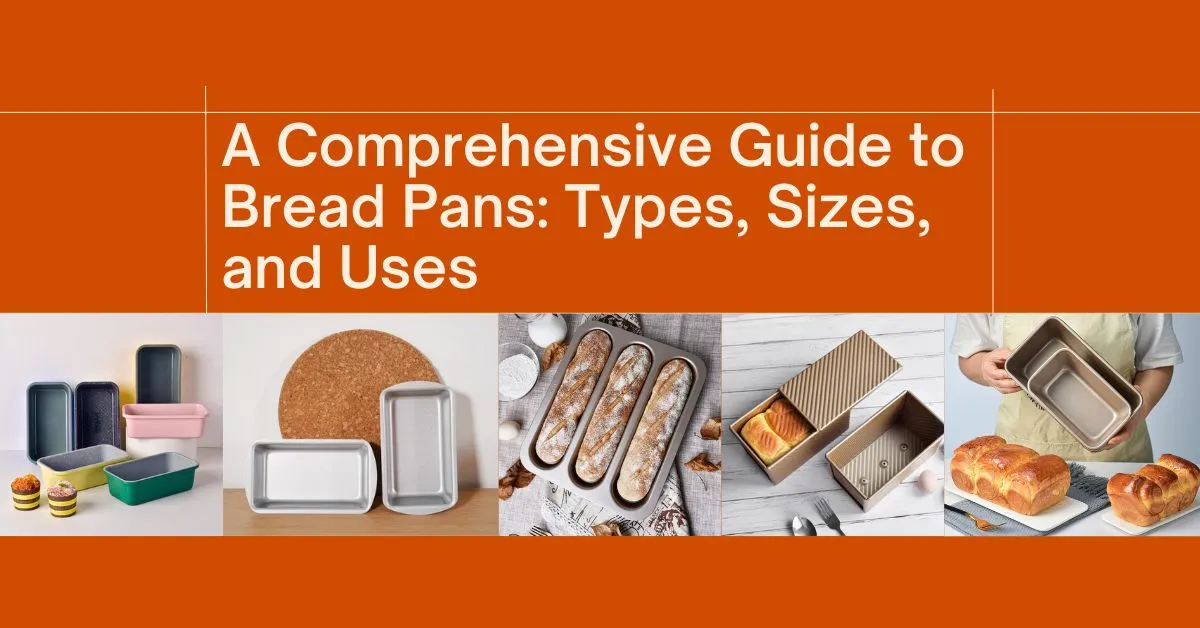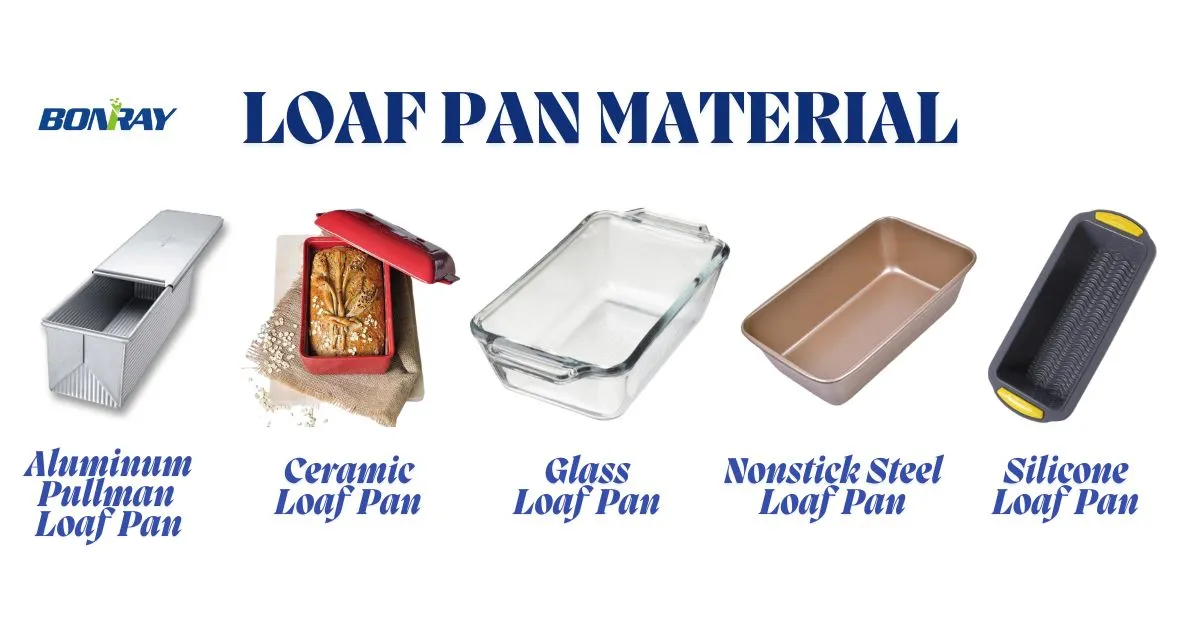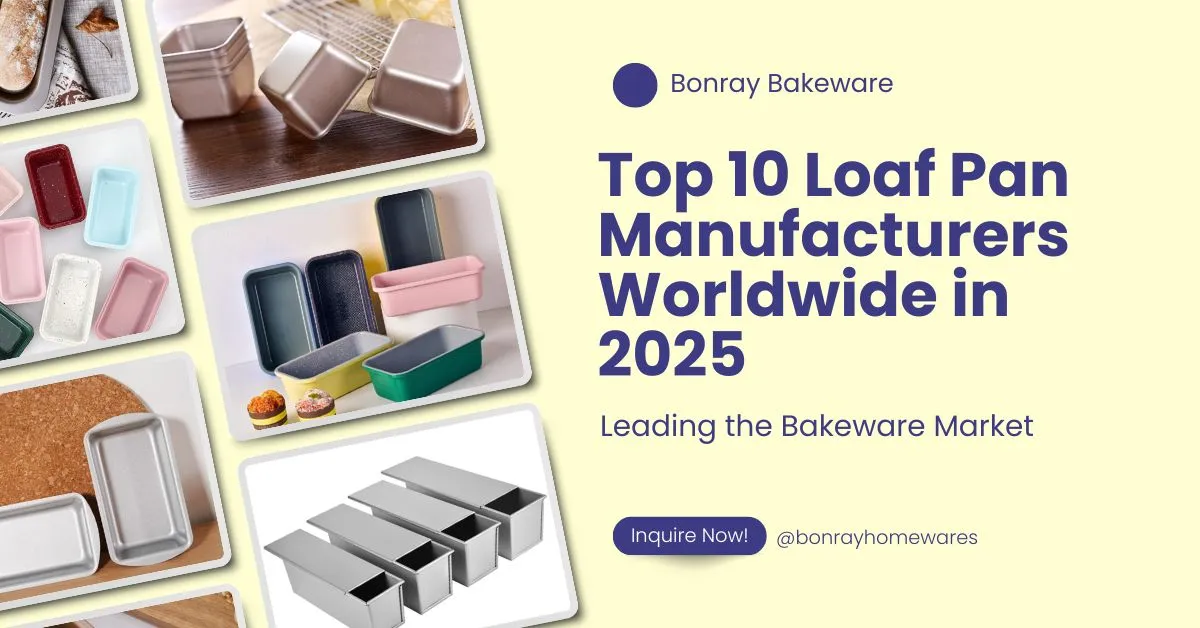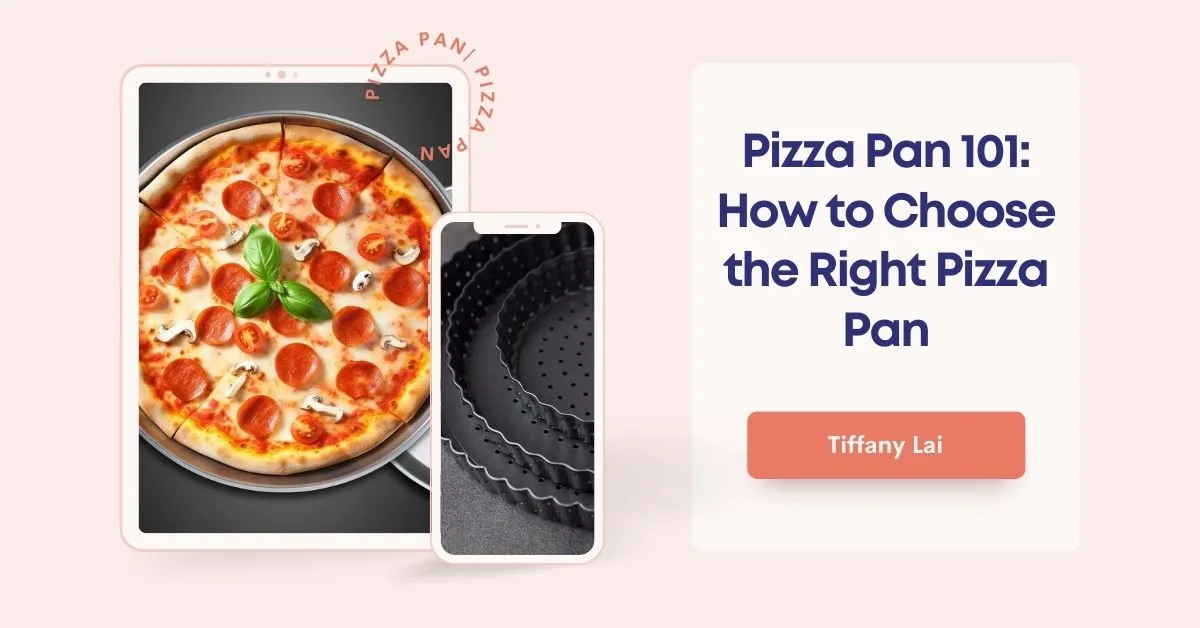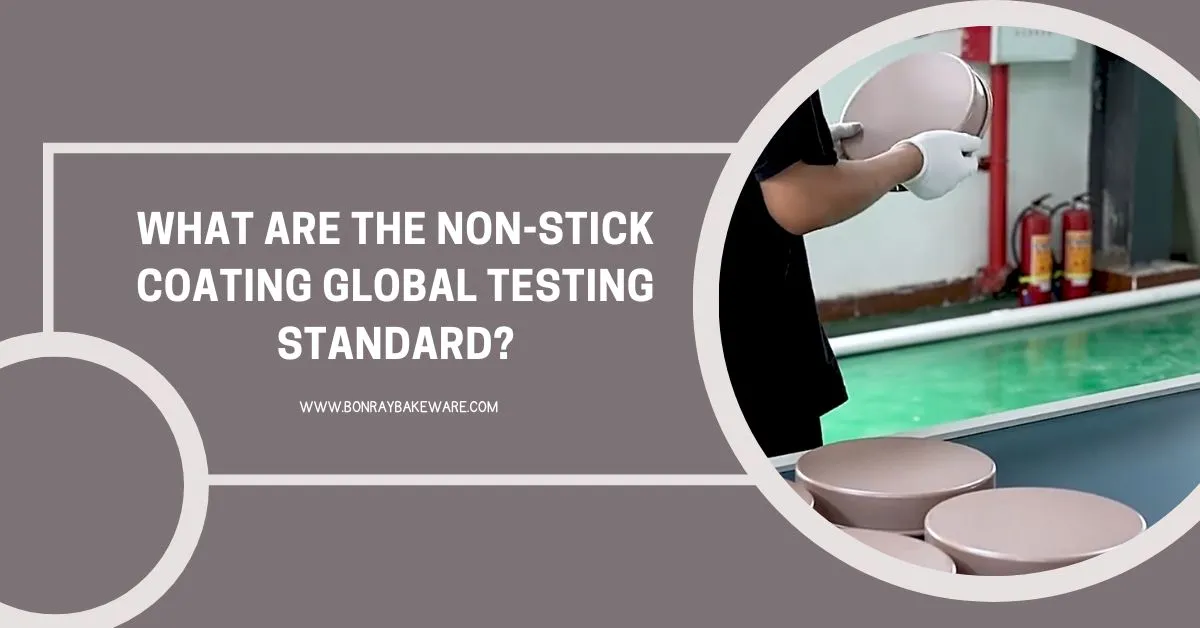
Introducción:
Non-stick coatings are widely used in utensilios de cocina y utensilios para hornear industry to enhance food release and ease of cleaning. However, with growing concerns about chemical safety and environmental impact, how can consumers and manufacturers ensure their products meet the highest safety standards?
Regulatory agencies worldwide have established strict testing standards to ensure non-stick coatings are safe, durable, and non-toxic. In this guide, we’ll break down the most important global non-stick coating testing standards, how coatings are tested, and what manufacturers need to do to comply.
¿Qué es el revestimiento antiadherente?
El recubrimiento antiadherente is a layer of material that is applied to the surface of metal baking sheets. The coating helps to prevent food from sticking to the surface of the pan, making it easier to clean. Non-stick coatings can be made from a variety of materials, including teflón, silicone, ceramic, and enamel.
¿Por qué es importante el revestimiento antiadherente?
Non-stick coatings are important because they help to prevent food from sticking to the surface of the metal baking trays. This makes it easier to remove food from the pan and also makes the pan easier to clean. In addition, non-stick coatings can help to prevent the formation of harmful chemicals, such as acrylamide, which can form when food is cooked at high temperatures.
Why Are Non-stick Coating Standards Important?
Non-stick cookware and bakeware, often coated with materials like PTFE (Teflon), ceramic, or silicone, must undergo rigorous testing to ensure they do not release harmful substances into food. Testing standards help:
- Protect consumer health by limiting exposure to toxic chemicals.
- Provide safe food contact surfaces
- Ensure durability by testing resistance to heat, abrasion, and corrosion.
- Comply with industry and governmental safety requirements for seamless global distribution.
Key International Non-Stick Coating Standards
Different regions have unique safety and quality regulations for non-stick coatings. Understanding and adhering to the following global testing standards is crucial for ensuring the safety and quality of non-stick coatings.
- EN 12983-1: Esta norma europea establece los métodos de prueba para determinar la liberación de metales pesados de los revestimientos antiadherentes de los utensilios de cocina.
- FDA 21 CFR 175.300: Esta norma estadounidense especifica las condiciones bajo las cuales se pueden usar recubrimientos antiadherentes en contacto con alimentos.
- ES 4806.10: Esta norma china especifica los requisitos para la seguridad de los revestimientos antiadherentes de los utensilios de cocina.
- GB/T 32095.2-2015: una norma nacional china que proporciona pautas y requisitos específicos para la seguridad y calidad de los utensilios de metal para hornear. Son métodos de prueba y rendimiento de la superficie antiadherente de utensilios de cocina metálicos domésticos para alimentos domésticos. Parte 2: Especificación sobre el rendimiento antiadherente y la resistencia a la abrasión.
- ISO 17528: esta norma internacional especifica los métodos de prueba para determinar la liberación de compuestos orgánicos volátiles (COV) de los revestimientos antiadherentes de los utensilios de cocina.
- Además de los estándares de prueba anteriores, existen otros estándares internacionales que los fabricantes pueden seguir para garantizar la seguridad y la calidad de sus recubrimientos antiadherentes. Los fabricantes también pueden solicitar la certificación de organizaciones independientes como NSF International y Underwriters Laboratories (UL) para demostrar que sus recubrimientos antiadherentes cumplen con los estándares de seguridad y calidad. Estas organizaciones realizan pruebas y evaluaciones rigurosas de los productos para garantizar que sean seguros para su uso en la cocina.
1. USA: FDA 21 CFR 175.300
- Regulates non-stick coatings that come into contact with food.
- Ensures that coatings do not release harmful substances under normal usage.
- Requires manufacturers to meet strict chemical and safety criteria.
2. North America: NSF Certification
- Ensures non-stick coatings meet food safety and sanitation standards.
- Covers factors like coating adhesion, thermal stability, and chemical resistance.
- Certification is widely recognized in commercial and consumer bakeware industries.
3. European Union: REACH Regulation
- Regulates the use of chemicals in non-stick coatings to protect human health and the environment.
- Requires manufacturers to register and disclose hazardous substances.
- Ensures coatings comply with EU safety and environmental guidelines.
4. European Union: EN 12983-1
- Applies specifically to cookware and bakeware.
- Assesses non-stick performance, durability, and heat resistance.
- Tests adhesion strength of the coating under high temperatures and repeated use.
5. Germany: LFGB
- One of the most stringent European standards.
- Tests for toxic elements, migration limits, and long-term material stability.
- Ensures compliance with food safety laws for bakeware coatings.
6. Japan: JIS (Japanese Industrial Standards)
- Establishes quality and safety requirements for non-stick coatings in Japan.
- Focuses on durability, heat resistance, and food safety compliance.
- Ensures bakeware meets strict chemical and physical performance standards.
7. China: GB 4806.10-2016
- Establishes safety requirements for non-stick coatings in China.
- Sets limits on the migration of heavy metals and other harmful substances.
- Requires coatings to pass stringent physical and chemical safety tests.
How Are Non-stick Coatings Tested?
Each standard requires specific tests to determine the safety and effectiveness of non-stick coatings. Common testing procedures include:
1. Chemical Composition Analysis
- PFOA, BPA, and PFAS testing: Many governments have banned or restricted Perfluorooctanoic Acid (PFOA) due to health risks.
- Heavy metal release tests: Ensures coatings do not release lead, cadmium, or other toxic metals.
2. Durability & Abrasion Resistance Testing
- Scratch resistance tests: Measures how well coatings withstand utensils and cleaning.
- Abrasion resistance: Simulates years of wear and tear to assess longevity.
3. Heat & Thermal Stability Testing
- High-temperature exposure: Ensures coatings do not degrade or release fumes at cooking temperatures.
- Thermal shock resistance: Tests how coatings handle rapid temperature changes.
4. Food Contact & Chemical Migration Testing
- Simulated food tests: Coatings are exposed to acids, oils, and alcohol to detect chemical migration.
- Overall migration limits: Ensures no harmful substances exceed safety thresholds.
5. Adhesion Strength Test:
- Measures how well the non-stick layer bonds to the bakeware.
6. Non-Stick Performance Test:
- Assesses the effectiveness of food release properties.
Overview of Global Testing Standards
Here’s a comparison of key global standards:
| Standard | Region | Tests for | Regulatory Body |
| FDA (Food and Drug Administration) | USA | Chemical safety, migration limits | U.S. FDA |
| NSF Certification | North America | Adhesion, thermal stability | NSF International |
| EU REACH (Registration, Evaluation, Authorisation and Restriction of Chemicals) | European Union | Chemical restrictions, PFOA ban | European Chemicals Agency (ECHA) |
| EN 12983-1 | Europe | Performance and safety of cookware, heat resistance | European Committee for Standardization (CEN) |
| LFGB (Lebensmittel-, Bedarfsgegenstände- und Futtermittelgesetzbuch) | Germany | Toxicity tests, food contact safety | German Federal Institute for Risk Assessment (BfR) |
| JIS (Japanese Industrial Standards) | Japan | Heat resistance, durability, food safety | Japan Standards Association |
| GB 4806.10-2016 | China | Coating migration, toxicity | China National Food Safety Standards |
How to Check If Your Non-stick Cookware Is Safe
Use this simple checklist before buying cookware:
- PFOA-free label (or compliance with FDA, EU, LFGB).
- Scratch-resistant & durable coating (look for lab-tested certifications).
- Test reports available from manufacturers (especially for commercial use).
- Avoid unknown brands with vague safety claims.
FAQs About Non-Stick Coating Testing Standards
1. Why are global testing standards necessary for non-stick coatings?
They ensure that bakeware coatings are safe for food contact, free from toxic chemicals, and durable under heat and wear conditions.
2. How do manufacturers test non-stick coatings?
Through chemical migration tests, abrasion resistance assessments, and heat stability evaluations.
3. Which non-stick coating standard is the strictest?
LFGB (Germany) and REACH regulation are among the most rigorous in terms of safety and performance.
4. How do consumers know if bakeware meets global standards?
Look for compliance labels such as FDA-approved, NSF-certified, or JIS-tested on product packaging.
5. What is the safest non-stick coating material?
Ceramic and silicone-based coatings are generally considered safer than PTFE-based coatings. However, PTFE is safe if used within the recommended temperature range.
6. Is Teflon banned in the EU?
PFOA, a chemical once used in Teflon, has been banned in the EU under REACH regulations. However, modern PTFE (PFOA-free) coatings are still allowed.
7. Are ceramic non-stick coatings better than PTFE?
Ceramic coatings are more eco-friendly but may wear out faster. PTFE coatings last longer but should not be overheated.
8. What coating is used on non-stick pans?
Most non-stick pans are coated with PTFE (polytetrafluoroethylene), ceramic, or silicone-based coatings.
9. Which non-stick coating is best?
Ceramic coatings are more eco-friendly, while PTFE coatings provide better durability and non-stick performance.
10. Is PTFE coating the same as Teflon coating?
Yes, Teflon is a brand name for PTFE.
11. Are PFOA and PTFE the same?
No. PFOA was used in older PTFE coatings but has been phased out due to health concerns.
12. What is the difference between nonstick and Teflon coating?
Teflon is a brand of PTFE-based non-stick coatings, while non-stick coatings can also include ceramic or silicone.
13. What cookware and bakeware is 100% non-toxic?
100% ceramic cookware and bakeware is often considered the safest, as it contains no synthetic coatings.
14. What to avoid in nonstick pans?
- Scratches or peeling coatings.
- Overheating (above 500°F for PTFE pans).
- PFOA-containing coatings (older pans).
15. What are the disadvantages of PTFE?
- Can release fumes if overheated above 500°F.
- Can degrade over time with scratches and improper use.
Conclusión
Understanding non-stick coating safety standards is crucial for both consumers and manufacturers. By following strict testing protocols and compliance regulations, brands can ensure high-quality, food-safe cookware that meets global safety standards.
For manufacturers, staying updated on FDA, EU REACH, LFGB, and ISO requirements is essential for smooth market entry and consumer trust.
Would you like expert consultation on non-stick coating compliance? Contact us today!
- Mastering Perfect Desserts: The Ultimate Guide to Cake Pan Shapes
- A Comprehensive Guide to Bread Pans: Types, Sizes, and Uses
- The Ultimate Guide to Loaf Pan Materials: Choosing the Best for Your Bread
- Leading the Bakeware Market: Top 10 Loaf Pan Manufacturers Worldwide in 2025
- Moldes para pizza de aluminio anodizado y anodizado duro, ¿cuál es la diferencia?



